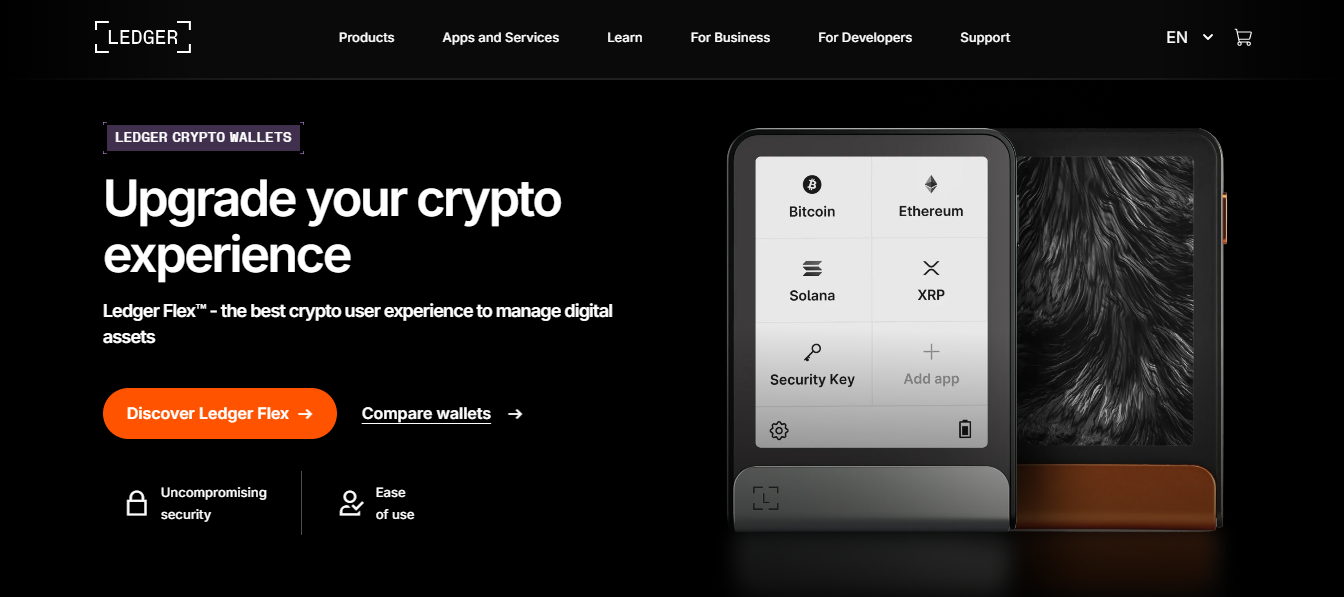Ledger Live Login — Secure Access & Best Practices
Practical guidance for connecting your Ledger hardware wallet to Ledger Live, understanding the login model, maintaining device integrity, and recovering access safely. This page focuses on secure procedures and operational recommendations.
Overview
Ledger Live is the official application for interacting with Ledger hardware wallets. It acts as a secure interface for viewing balances, managing accounts, initiating transactions, and installing blockchain apps on your device. The Ledger Live login is not a traditional username/password entry; it is a hardware-mediated connection that requires your physical device to be present and verified before any sensitive operation can occur.
This architecture ensures that private keys remain on the secure element inside the Ledger device. Login to Ledger Live therefore combines software with mandatory physical confirmation on the hardware device — a model that dramatically reduces exposure to remote compromise vectors.
How the Login Process Works
When you open Ledger Live and connect your Ledger device (via USB or Bluetooth where supported), the application enumerates the connected hardware and performs an authenticity check. The device verifies firmware signatures, and the app confirms the device identity. You unlock the device by entering your PIN directly on the Ledger hardware — never on the computer.
Transactions and account changes initiated in Ledger Live must then be reviewed and approved on the device display. This separation of duties—host software for convenience and hardware confirmation for authority—keeps critical signing operations offline and user-controlled.
Key Security Features
Ledger Live and Ledger devices provide multiple safeguards designed for resilient self-custody:
- Secure Element: Private keys are stored in a tamper-resistant chip designed to prevent extraction.
- Transaction Confirmation: Every outgoing transaction requires manual confirmation on the device’s screen.
- Firmware Verification: The device validates firmware signatures before use to block unauthorized firmware.
- Recovery Seed: A 24-word recovery phrase provides a one-time offline backup for account restoration.
Best Practices for Safe Login
Follow these operational practices to maintain strong security when using Ledger Live:
- Only download Ledger Live from the official Ledger website (ledger.com/start).
- Verify package seals and device authenticity when unboxing a new Ledger device.
- Enter your PIN on the hardware device only; do not type it into any software or website.
- Store your 24-word recovery phrase offline in a secure location — never photograph or store it digitally.
- Keep device firmware and Ledger Live updated; updates are cryptographically signed and verified.
- Use a dedicated profile or secure environment on your computer for financial activity when possible.
Connectivity: Desktop and Mobile
Ledger Live is available on desktop (Windows, macOS, Linux) and mobile (iOS, Android). Desktop connections are typically USB-based, while some Ledger models support Bluetooth pairing for mobile use. Bluetooth pairing is secured by the device and Ledger Live; however, USB connections reduce the attack surface and are recommended for critical operations when convenient.
Regardless of platform, ensure your host device is patched and free from known malware before connecting your Ledger device. Use official app stores or Ledger’s website to install Ledger Live and avoid third-party or modified builds.
Recovery and Loss Scenarios
If your Ledger device is lost, stolen, or damaged, you can recover your accounts using the 24-word recovery phrase on a new compatible device. Always keep the recovery phrase offline and stored in a place resistant to fire, theft, and environmental damage.
If you suspect your recovery phrase has been exposed, transfer funds to a new wallet with a newly generated seed as soon as possible. Ledger Live will not request your recovery phrase; any service that does so is malicious.
Common Issues and Troubleshooting
Typical issues during login include device not detected, firmware mismatch, or connection instability. Resolve most problems by ensuring Ledger Live and device firmware are up to date, using a verified cable or Bluetooth pairing, and consulting Ledger’s official support resources. Never install drivers or software from untrusted sources to fix connectivity problems.
